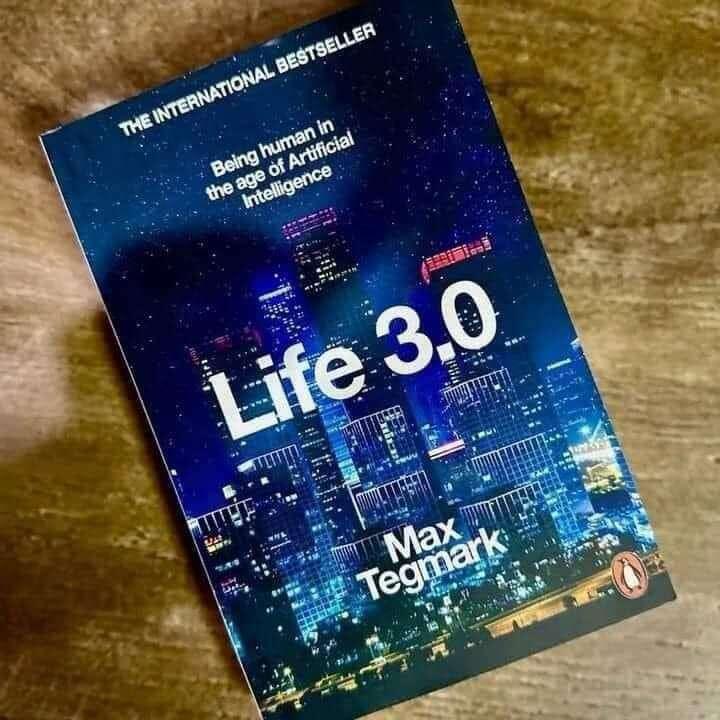Now doesn’t require versioning
quoting note1vsr…unmk
🌊 SURF 'N TURF 🏝️
-THE ISLAND LIFE-
Life 3.0 by Max Tegmark delves into the implications of artificial intelligence (AI) on human existence, exploring how advanced AI could transform our societies, economies, and even our conception of what it means to be human.

Tegmark, a physicist and AI researcher, presents both the promise and potential dangers of AI, offering readers a comprehensive view of AI’s impact on future life. With scenarios ranging from utopian to dystopian, he challenges readers to think deeply about our role in shaping AI to ensure it benefits humanity.
Here are lessons from the book:
1. Clear Explanation of AI Concepts and Terminology: Tegmark begins by explaining different stages of life—biological (Life 1.0), cultural (Life 2.0), and technological (Life 3.0)—and uses these frameworks to discuss AI’s evolution. His straightforward explanations make complex AI concepts accessible to general readers.
2. Exploration of AI’s Positive and Negative Potentials: The book presents balanced views, illustrating both the positive advancements AI could bring, such as solving climate change or curing diseases, and the negative outcomes, including potential job loss, privacy issues, and the threat of superintelligence. This dual approach helps readers appreciate the full scope of AI’s potential.
3. Insightful Scenarios for Humanity’s Future with AI; Tegmark imagines various possible futures—from a world where AI acts as a benevolent guide to a scenario where it becomes uncontrollable and detrimental to human autonomy. These scenarios are thought-provoking and illustrate the range of possible outcomes.
4. Ethical and Moral Considerations of AI: The book addresses the ethical and moral questions surrounding AI development, such as the importance of aligning AI goals with human values. Tegmark emphasizes that ensuring beneficial AI is a collective human responsibility, which challenges readers to think about the moral implications of AI.
5. Focus on AI Safety and Control Mechanisms: Tegmark places a strong emphasis on the need for AI safety research, detailing possible strategies for controlling and aligning AI systems. He discusses methods like goal alignment, value loading, and containment to prevent unintended consequences, stressing the importance of these controls.
6. Interdisciplinary Approach: Life 3.0 takes an interdisciplinary approach, incorporating insights from physics, philosophy, economics, and computer science. This broad perspective enriches the narrative, making it appealing to readers from diverse fields who want to understand AI's societal impact.
7. Encouragement of Public Engagement in AI Development: Tegmark advocates for increased public involvement in discussions about AI, believing that everyone should have a say in how this powerful technology is developed and used. His call for inclusive dialogue highlights the importance of democratizing AI governance to ensure it reflects diverse interests.
Life 3.0 by Max Tegmark offers a compelling, well-rounded exploration of AI’s potential to reshape humanity. With clear explanations, imaginative future scenarios, and a strong focus on ethical considerations, the book invites readers to ponder the role of AI in our collective future. Tegmark’s insights underscore the importance of aligning AI advancements with human values, emphasizing that the future of AI is not predetermined—it is something we must shape carefully and responsibly.
Credits goes to the respective
Author ✍️/ Photographer📸
🐇 🕳️
#Bitcoin #Satoshis #Freedom #Apocalypse #Music #Movies #Philosophy #Literature
#Grownostr #Stoicism #Nature
APOCALYPSE ANONYMOUS by
ATOSHI ANARKOMOTO
